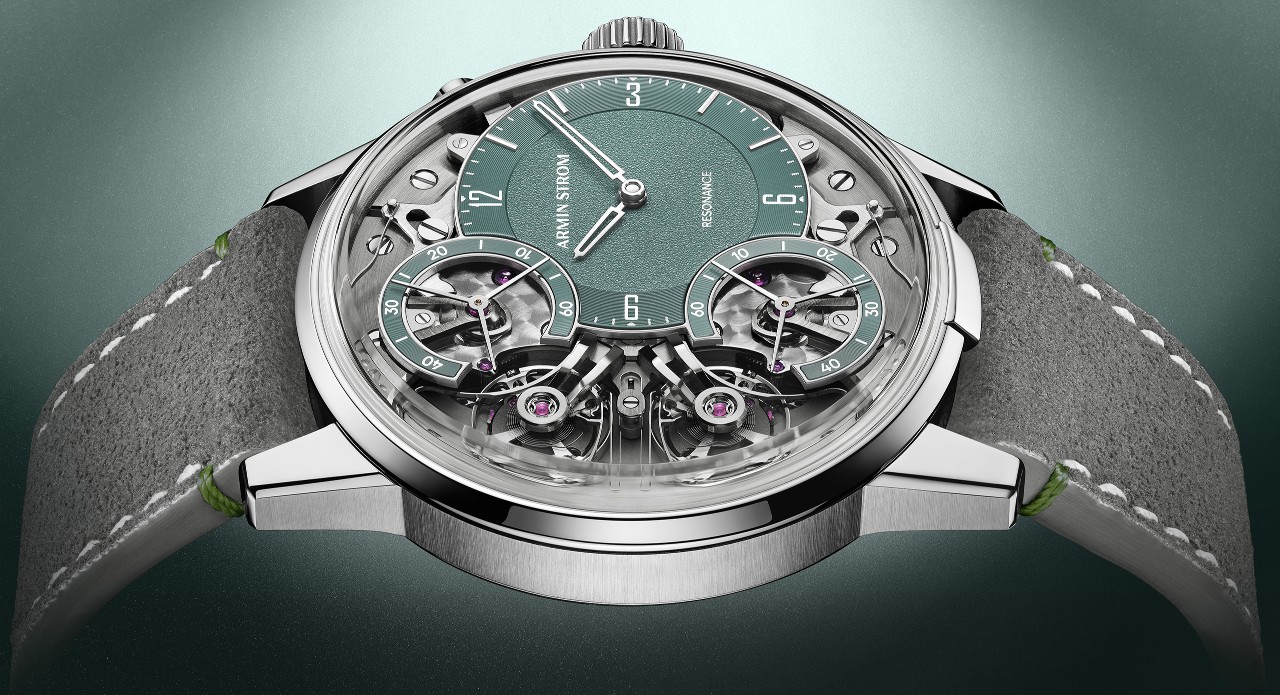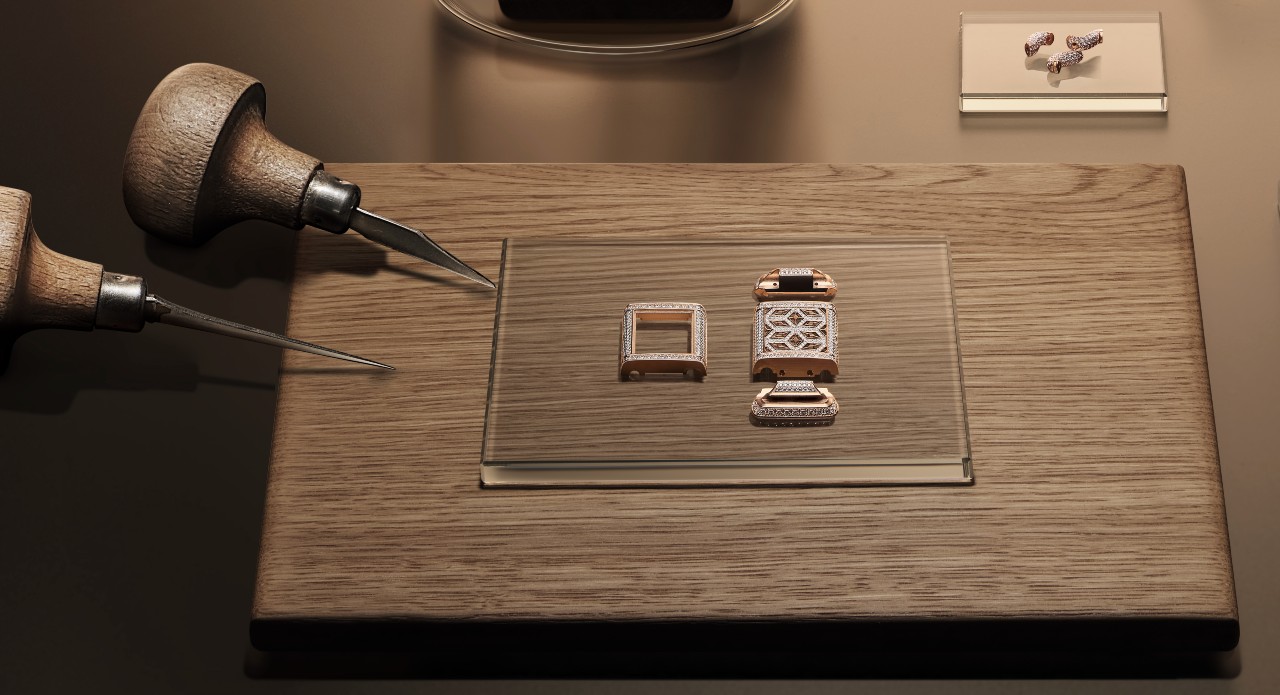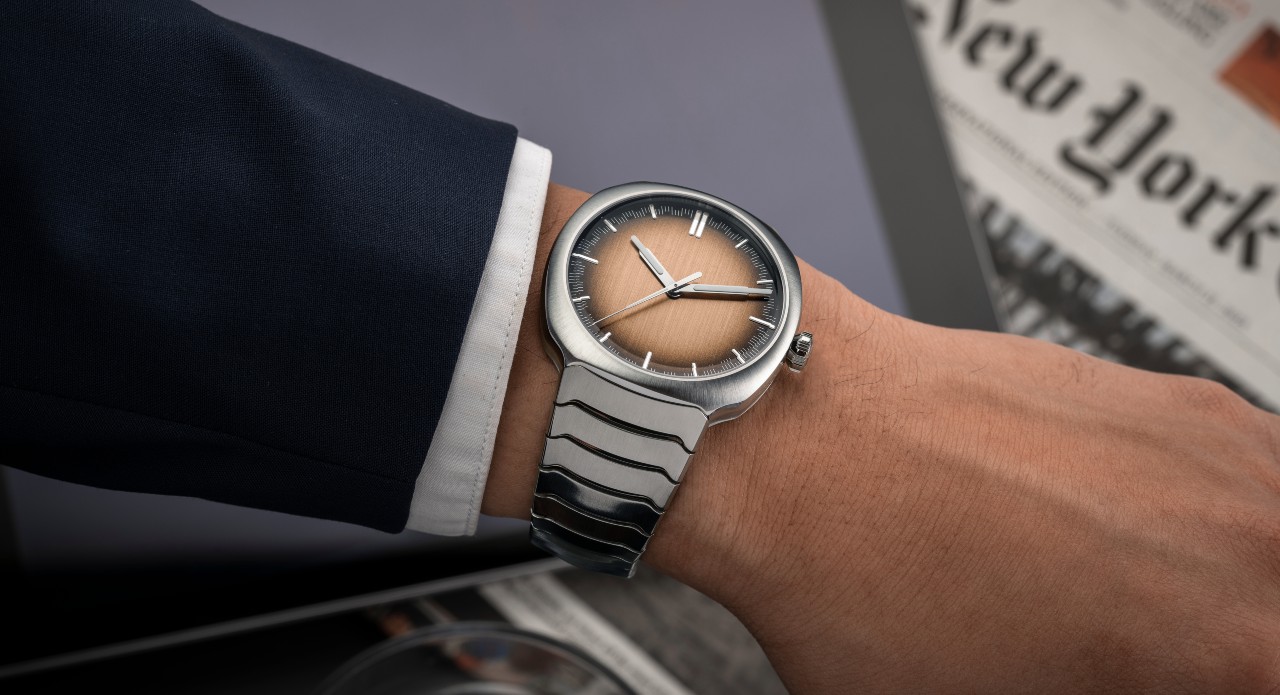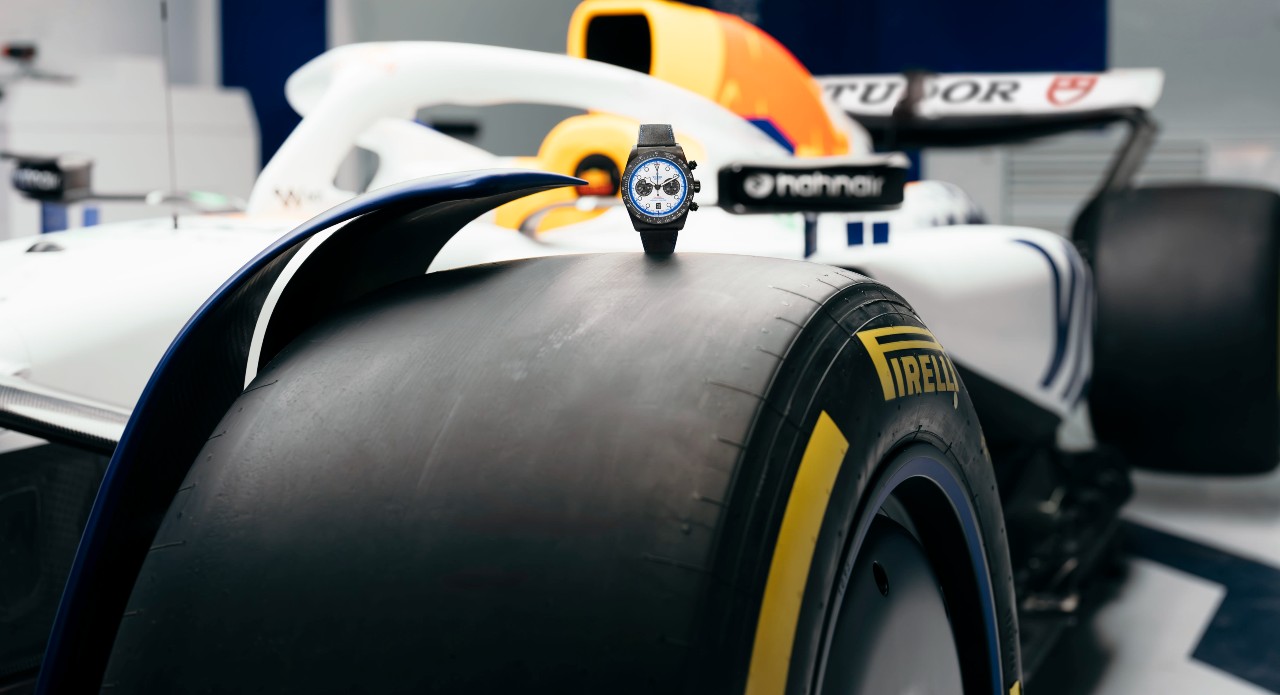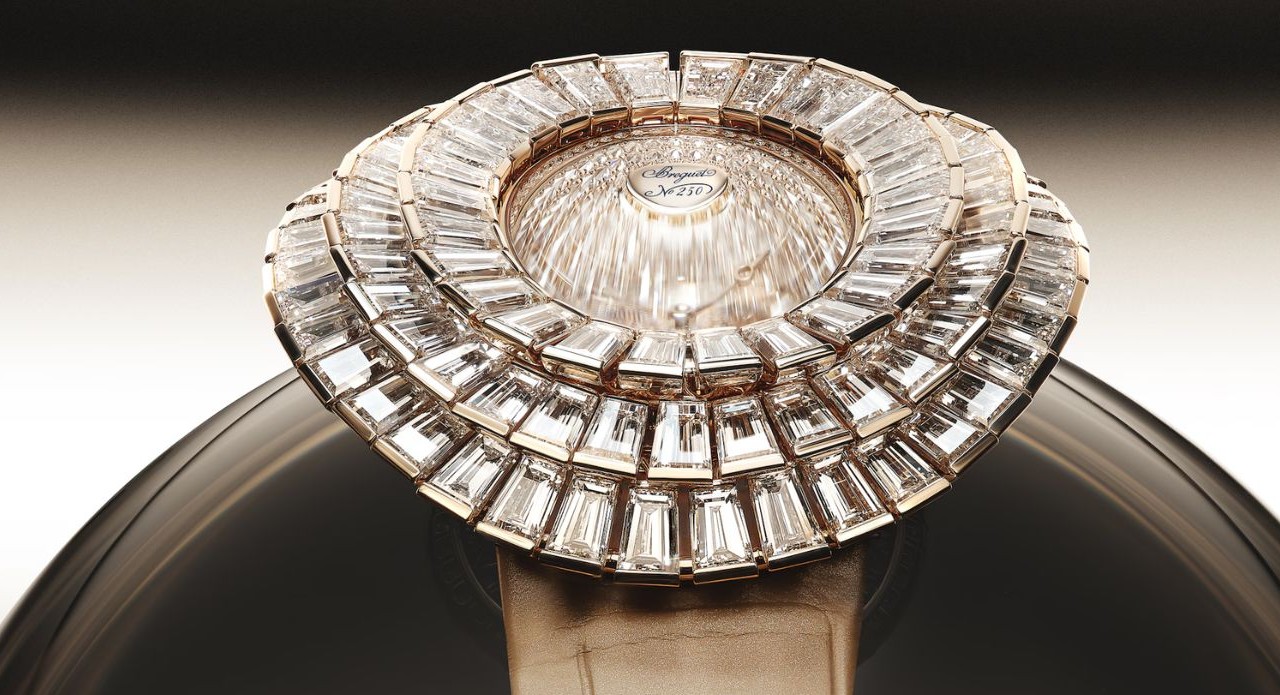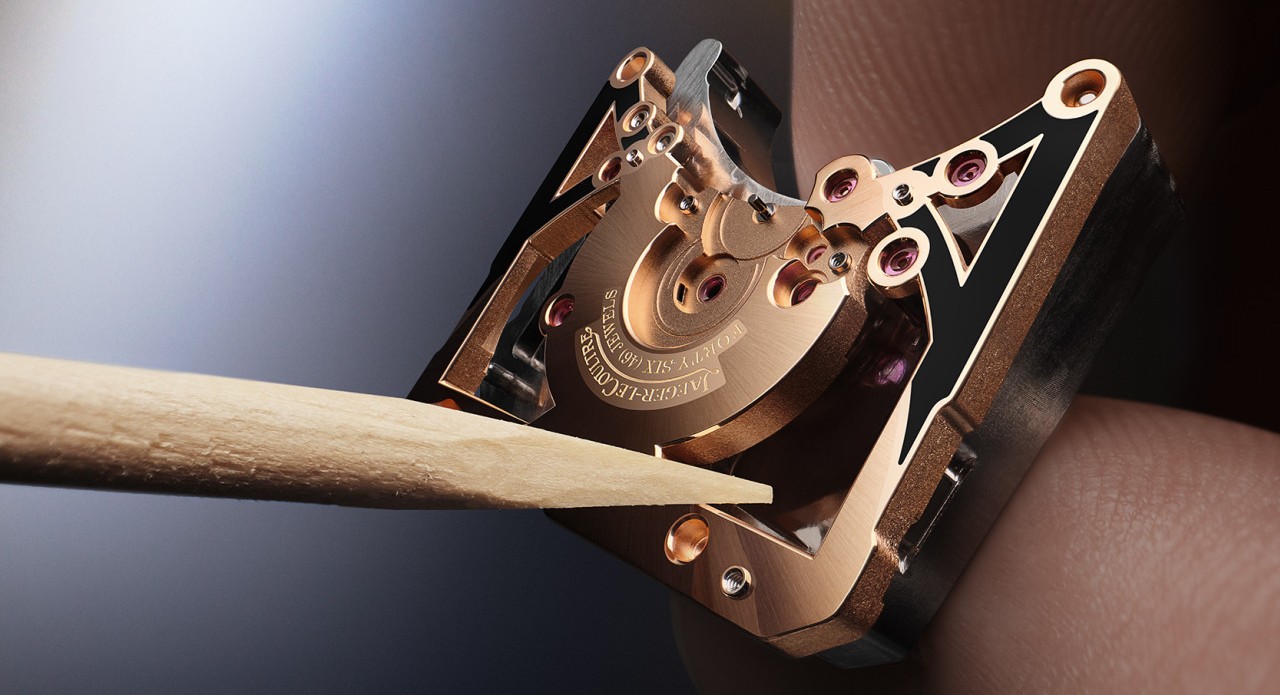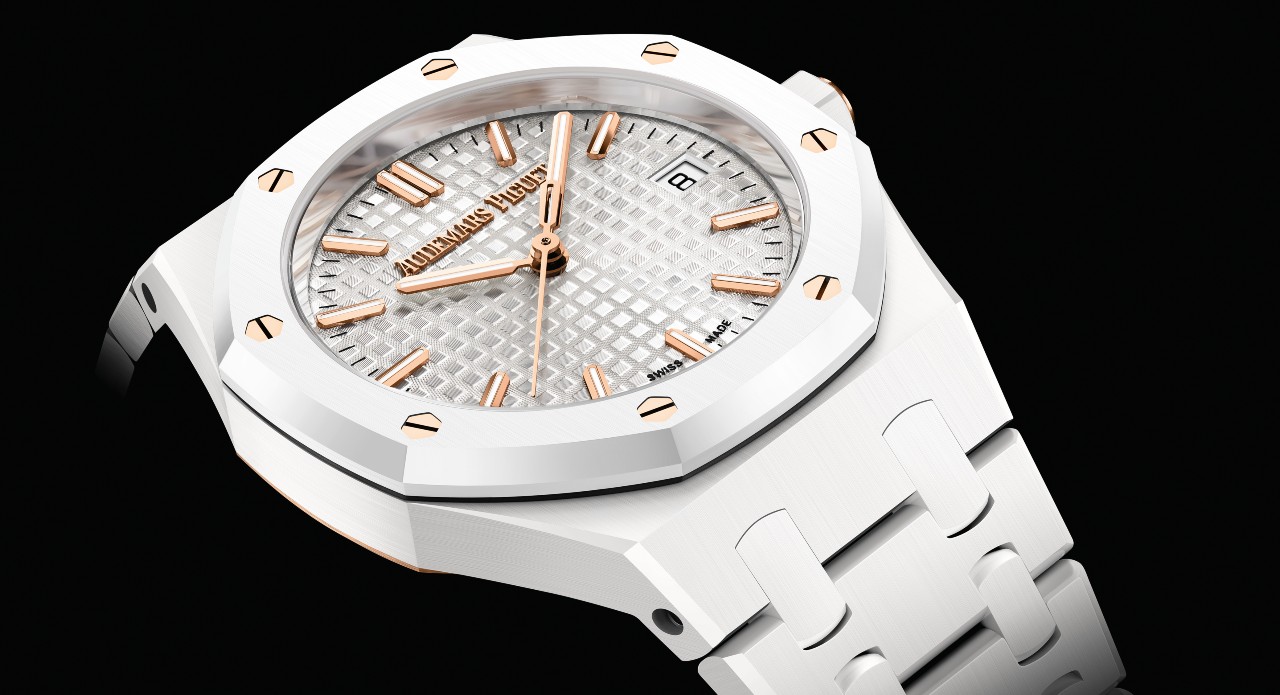In a world where most watches prefer to keep their secrets tucked neatly behind polished dials, the skeleton watch is the unabashed exhibitionist of horology — a timepiece that bares it all and dares you to look closer. It’s mechanical voyeurism at its finest, where wheels whirl, levers twitch, and springs flex in a hypnotic ballet of precision. There’s no hiding behind enamel or design modesty here; instead, every gear flaunts its function, every bridge tells a story. Born from the watchmaker’s audacious urge to turn engineering into art, the skeleton watch transforms the ordinary act of telling time into an act of revelation — a spectacle where form, function, and finesse share the same stage, and the heartbeat of horology performs in full view.

The Art Of Subtraction
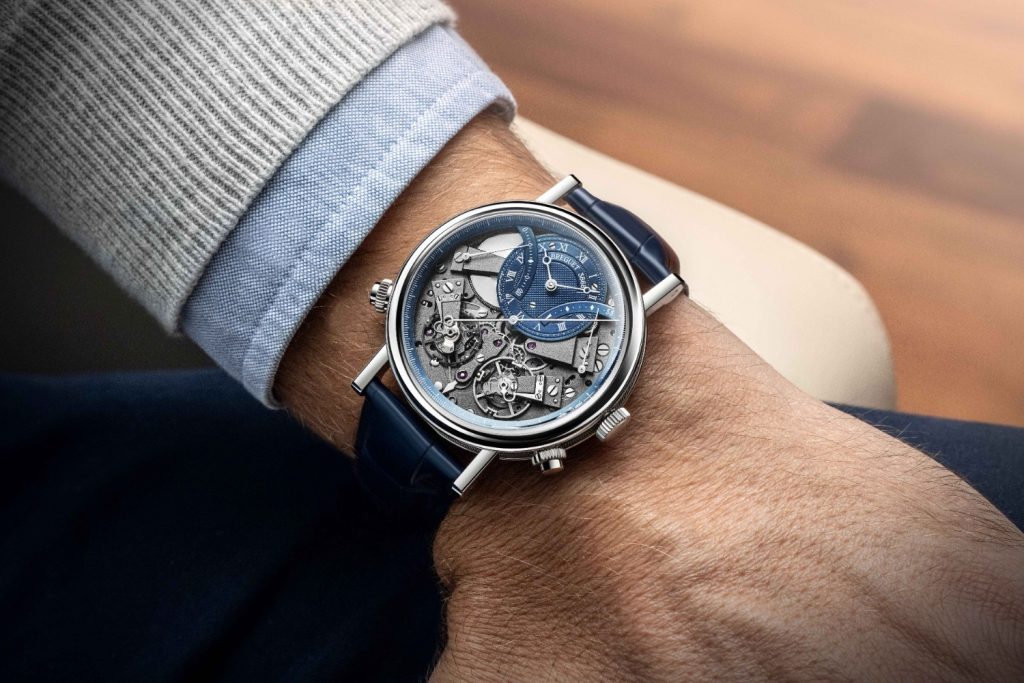
Creating a skeleton watch is not about adding — it’s about removing, deliberately and delicately. Watchmakers begin with a fully functional movement, then carve away as much metal as possible from the mainplate, bridges, and barrels without compromising strength or accuracy. This is achieved through a blend of hand-sawing, engraving, and modern CNC machining, often taking hundreds of hours for a single calibre.
What remains is a lattice of skeletal architecture — a whisper of its former solidity — that still supports the gears, pinions, escapement, and balance wheel. The goal is to achieve maximum openness while maintaining structural integrity, ensuring that the movement remains robust enough to withstand everyday wear.
Every curve and cut is carefully considered, not just for mechanical balance but also aesthetic harmony. The resulting form is equal parts technical ingenuity and visual poetry, where void and volume coexist in perfect proportion.
Components Removed And Preserved
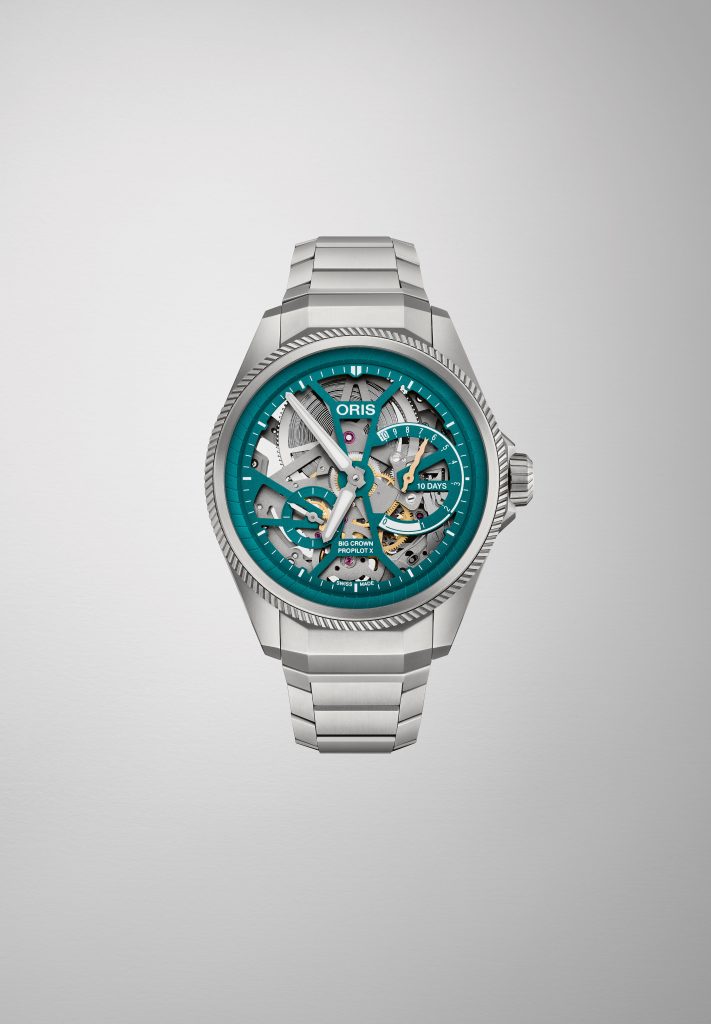
In a traditional watch, the movement is sandwiched between plates and hidden beneath the dial and caseback. But in a skeleton watch, these concealing layers are stripped away. The mainplate, which serves as the movement’s foundation, is thinned or pierced, revealing pathways for gear trains. The bridges, which hold components in place, are meticulously skeletonised into elegant shapes — often engraved or beveled to catch the light beautifully.
Even the barrel cover, which houses the mainspring, may be openworked, allowing glimpses of the spring tightening and relaxing with every wind. Some brands go further by skeletonising the hands, date discs, and oscillating weights in automatic watches, ensuring that every element contributes to the overall sense of lightness and exposure. What remains visible are the heart and brain of the watch — the balance wheel, escapement, and gear train — working in flawless synchrony, fully on display.
A Legacy of Transparency
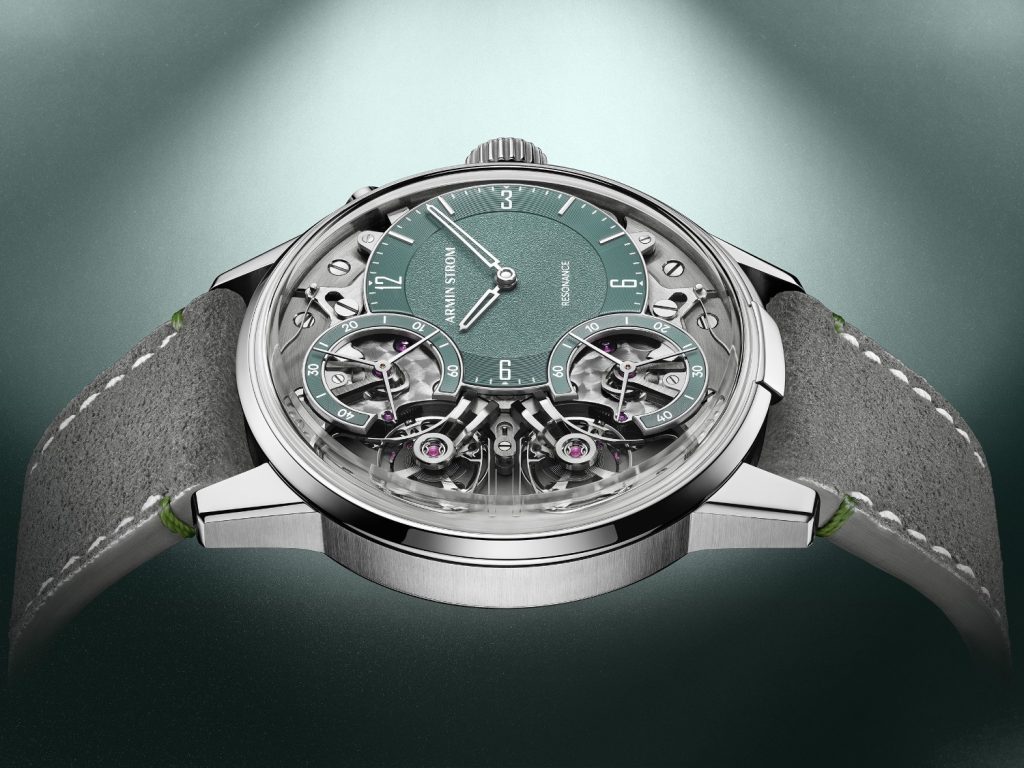
Though skeletonisation feels distinctly modern, its roots stretch back to the 18th century, when master watchmakers sought to showcase their technical virtuosity. Early pocket watches with openworked bridges were prized not just for accuracy but as expressions of mechanical artistry.
In modern times, brands like Audemars Piguet, Vacheron Constantin, and Roger Dubuis have elevated skeletonisation into a signature of haute horlogerie, blending traditional craftsmanship with avant-garde architecture. Meanwhile, contemporary houses such as Hublot, Richard Mille, and Zenith have pushed boundaries with futuristic materials, sapphire cases, and suspended movements that seem to float in mid-air. Each approach tells a story — from classical grace to industrial boldness — but all share a single philosophy: that beauty lies in what’s revealed, not concealed.
Balancing Form and Function
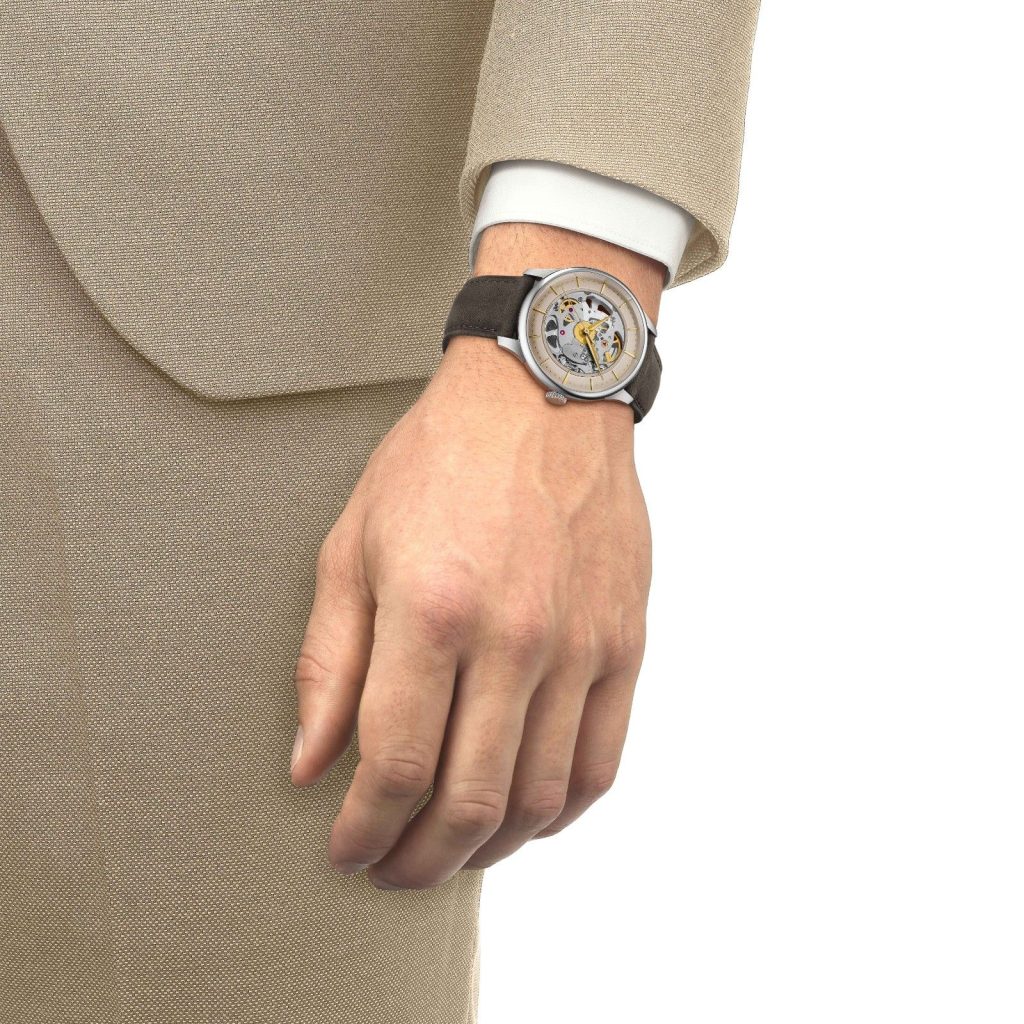
The challenge of creating a skeleton watch lies in maintaining accuracy and durability while drastically reducing material. Every cut introduces new stresses, so each remaining element must be precisely calculated to bear its share of load. This is where engineering meets art: one wrong incision could compromise the balance or power flow, while one well-placed curve could enhance both beauty and efficiency.
Finishing plays an equally vital role. Anglage (hand-polished bevels), perlage (circular graining), and Côtes de Genève (striped finishing) transform each visible surface into a canvas of light reflection. What begins as metal and mechanics ends as a masterpiece of texture, transparency, and time.
